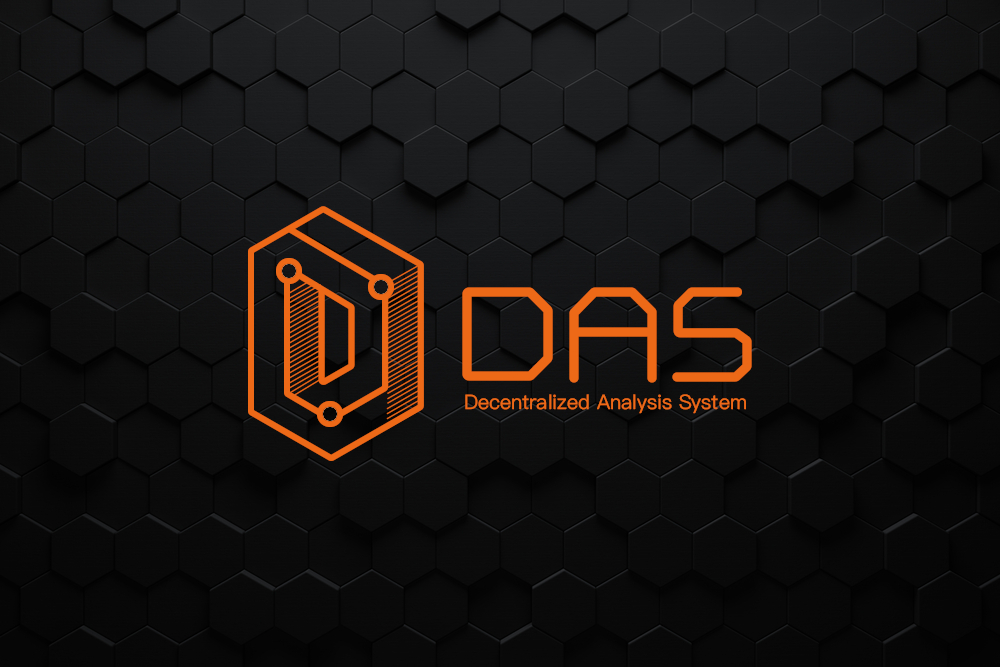
2018-9-27 20:00 |
During the just completed BlockWorld 2018 Conference, one of the largest blockchain developer gatherings, an AI powered Decentralized Analysis System (DAS) claimed to rebuild a Kensho in blockchain world.
Kensho is a data analytics and machine intelligence company. It has been acquired by S&P Global for 550 million US dollars, which created Wall Street’s largest ever acquisition of an artificial intelligence company. Why did the largest AI acquisition happen in Wall Street instead in Silicon Valley? It is believed that Kensho’s Warren search engine can accurately forecast the market trend. Its accuracy is supported by a tremendous database.
What if applying Kensho’s idea and algorithm to the blockchain world? DAS.Link is trying to do that but in a decentralized way. Generally, centralized AI companies need massive database and therefore huge capital investment to feed its AI system. There are few choices for them to acquire data but purchase from giant companies, which is a heavy burden for most of them. Blockchain technology specifies a way out. Large amounts of blockchain projects information are unstructured data which grow every day. For some information, especially new type of information, DAS’ algorithm may not be able to cover in time. DAS encourages community users to help sort out structured data of blockchain projects information. Users can call data interface to upload collected data according to DAS data structure. Approved structured data will be recorded on DAS Platform (DASP). Users’ contribution will be rewarded with tokens (DAST) correspondingly.
DAS will ensure the fairness of the review mechanism by introducing the role of reviewer. Reviewers can also be ordinary community users. Reviewers need to review the data uploaded through the DAS data interface in a decentralized way. The role of reviewer is to ensure the correctness of the uploaded data, and to prevent some users from abusing the token reward policy by uploading useless or incorrect data.
DAS data center runs a variety of big data processing libraries, including Spark (state-of-the-art big data analysis engine) and Tensorflow (the most advanced machine learning environment). DAS uses multiple machine learning models and deep neural networks to rank a certain underlying asset. Specifically, rating of assets consists of four key modules shown in the figure below. They are the features of the neural network that produces asset ratings. These features are asset background analysis, asset popularity analysis, public sentiment analysis, and historical data analysis. With these extracted features, DAS neural network can dynamically and reasonably combine various modules, maximizing the accuracy of rating result.
DAS system has also designed a feedback system in its neural network. The feedback loop is used to correct the rating produced by the neural network Specifically, users’ rating will be used to compare with the neural network’s rating, a loss will be produced (loss function in the neural network), and then the neural network gets evolve based on the feedback by using a reasonable learning rate. The updated rating will take the neural network model and also users’ feedbacks into account. Eventually the neural network evolves in the correct direction and makes accurate predictions.
DAS believes that the blockchain and cryptocurrency is the first application scenario of DAS’ algorithm. In the future DAS platform will take more industries into its ecosystem.
This is a sponsored press release and does not necessarily reflect the opinions or views held by any employees of NullTX. This is not investment, trading, or gambling advice. Always conduct your own independent research.
The post DAS.Link Is Attempting to Rebuild a Kensho in Blockchain World appeared first on NullTX.
origin »High Performance Blockchain (HPB) на Currencies.ru
|
|